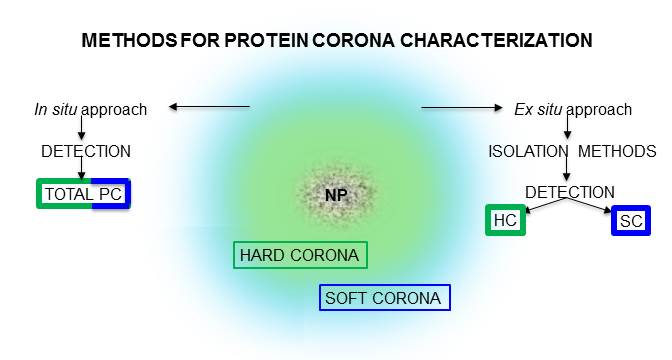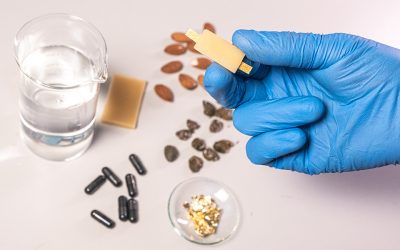Nanoparticles have the potential to significantly improve targeted drug delivery and diagnostics. However, scientists have yet to fully understand the complex processes that occur once nanomedicines are administered to patients, including toxicity, cellular interaction, cellular uptake, and biodistribution.
When plasma proteins create a new surface on a nanoparticle, they form a protein corona. The corona becomes the most visible part of the nanoparticle and is composed of two poorly-separated layers. The inner layer is the “hard corona,” where the proteins strongly attach themselves to the nanoparticle, while the “soft corona” is composed of loosely bound proteins that are easily separated from the nanoparticle. Some researchers have suggested the existence of a three-part protein corona divided into soft, hard, and tightly bound. The interaction between nanoparticles and their protein corona strongly affects a drug’s overall effectiveness.
In their recent review for WIREs Nanomedicine & Nanobiotechnology, Professor Giovanni Tosi and colleagues from the University of Modena and Reggio Emilia summarize the difficulties facing a comprehensive understanding of the protein corona and discuss several methods for evaluating it. These include analysis of the protein corona’s structure (such as its thickness), its interaction with the nanoparticle, and its quantification. Depending on the chosen approach, these methods will be either in situ (in a protein solution) or ex situ (in isolation from the solution). Significantly less information is available on the soft corona than on the hard due to its fragility.
The authors highlight the importance of improving the ability to predict a nanoparticle’s biological outcome. At the present, the way that nanoparticles with protein coronas interact with cells and biological barriers and how they activate different biological pathways is still unknown. Solving these unanswered questions would speed up the translation of nanoparticles into groundbreaking medicines.
Ultimately, the authors call for a multi-disciplinary approach to studying the protein corona and its impact on the future of nanomedicines. A comprehensive understanding is necessary to ensure that nanomedicines are administered more safely, as well as to realize their full potential.

















